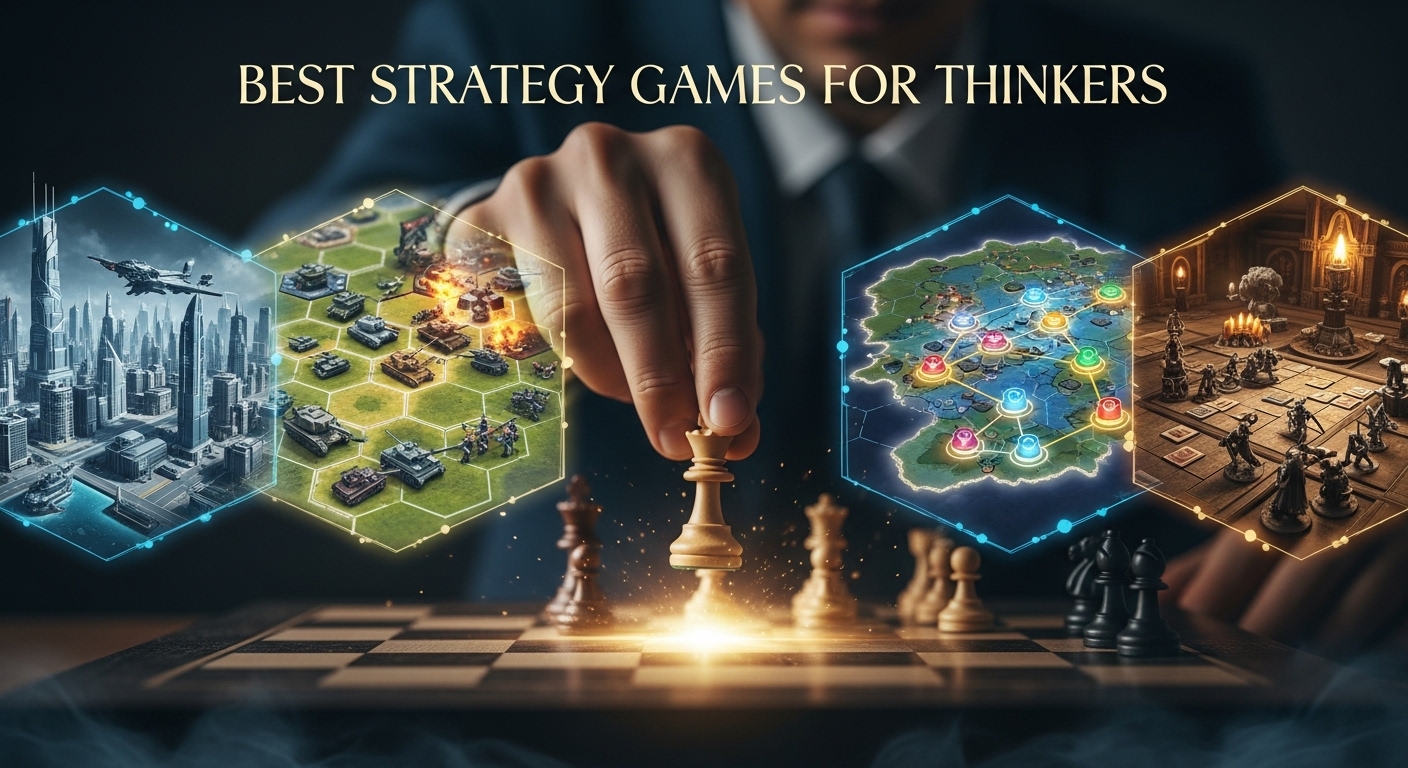In a world increasingly driven by instant gratification, there remains a deep-seated human pleasure in the slow burn of a challenge, the satisfying click of a solution, and the “aha!” moment of understanding. This is the realm of the puzzle – a game, problem, or toy designed to test a person’s ingenuity, knowledge, or persistence. From ancient riddles to modern digital brain-teasers, puzzles offer a unique blend of entertainment, cognitive exercise, and a profound sense of accomplishment.
What Makes a Puzzle So Captivating?
At its core, a puzzle presents a problem that requires logical thinking, pattern recognition, deduction, or creative insight to solve. They engage our minds in ways that passive entertainment cannot, fostering a sense of active participation. The appeal of puzzles stems from:
- The Challenge: The inherent desire to overcome obstacles and prove one’s mental prowess.
- The Reward: The immense satisfaction derived from finally cracking a difficult problem.
- Mental Stimulation: Puzzles actively engage various cognitive functions, keeping the brain sharp.
- Focus and Flow: The immersive nature of puzzle-solving can lead to a state of “flow,” where distractions fade, and time seems to disappear.
- Accessibility: Puzzles come in countless forms, catering to all ages, skill levels, and preferences, often requiring minimal equipment.
A Journey Through Puzzle History: From Ancient Enigmas to Modern Masterpieces
The history of puzzles is as long as human civilization itself. Ancient societies engaged in riddles and logical challenges as forms of entertainment and education.
- Ancient Roots: The Rhind Papyrus (circa 1650 BCE) contains early mathematical problems. The Stomachion, attributed to Archimedes, was a dissection puzzle challenging players to arrange 14 pieces into various shapes.
- Medieval and Renaissance: Labyrinths and mazes were prominent in ancient Greece and Rome, and their design principles are still seen in tour puzzles today. Mathematical puzzles continued to be developed by scholars.
- The Birth of the Jigsaw: In 1766, British cartographer John Spilsbury is credited with inventing the first jigsaw puzzle. He pasted maps onto wood and cut them into pieces to teach geography – a concept that quickly expanded to other subjects and eventually became a beloved pastime.
- The Golden Age of Mechanical Puzzles: The late 19th and early 20th centuries saw a boom in mechanical puzzles, including sliding tile puzzles (like the famous 15-puzzle) and intricate dissection puzzles.
- The Digital Revolution: The advent of computers and the internet transformed the puzzle landscape, giving rise to digital versions of classic puzzles and entirely new genres, from puzzle video games to online escape rooms. The 1980s also brought the global sensation of the Rubik’s Cube, a mechanical puzzle that combined spatial reasoning with algorithmic thinking.
Diverse Genres: A Puzzle for Every Palate
The world of puzzles is incredibly diverse, offering something for everyone:
- Logic Puzzles: Require deductive reasoning to fill in grids or solve scenarios.
- Examples: Sudoku, Nonograms (Picross), Logic Grid Puzzles, Brain Teasers.
- Word Puzzles: Test vocabulary, language skills, and pattern recognition within words.
- Examples: Crosswords (including cryptic crosswords), Word Searches, Anagrams, Cryptograms, Riddles.
- Mechanical Puzzles: Physical objects that must be manipulated to achieve a solution.
- Examples: Jigsaw Puzzles, Rubik’s Cube and its variants, disentanglement puzzles (wire puzzles), burr puzzles.
- Mathematical Puzzles: Rely on numerical relationships and arithmetic.
- Examples: KenKen, Kakuro, number sequences.
- Tour Puzzles: Involve finding a path through a network or space.
- Examples: Mazes, Knight’s Tour (from chess).
- Puzzle Video Games: Integrate puzzle-solving as core gameplay mechanics.
- Examples: Tetris, Portal, Candy Crush Saga, escape room games.
The Cognitive Powerhouse: Benefits Beyond Entertainment
Beyond sheer enjoyment, engaging with puzzles offers significant cognitive benefits:
- Enhances Problem-Solving Skills: Puzzles train your brain to think critically, analyze situations, and devise strategies.
- Boosts Memory: Particularly short-term and working memory are exercised as you recall patterns and piece placements.
- Improves Concentration and Focus: The immersive nature of puzzles helps improve sustained attention.
- Delays Cognitive Decline: Studies suggest that regular engagement in mentally stimulating activities like puzzle-solving can help maintain cognitive function and potentially delay the onset of age-related cognitive decline.
- Reduces Stress and Improves Mood: The focused activity of puzzling can be meditative, lowering stress levels and providing a sense of accomplishment, which releases dopamine and boosts mood.
- Fosters Patience and Persistence: Many puzzles require trial and error and the ability to persevere through frustration.
- Enhances Visual-Spatial Reasoning: Especially relevant for jigsaw and mechanical puzzles, improving the ability to understand and manipulate objects in space.
The Enduring Future of Puzzles
In 2025, the puzzle world continues to thrive, blending tradition with technological innovation. While classic paper-and-pencil puzzles and physical jigsaws remain popular, digital platforms offer endless variety and new ways to connect. Online puzzle communities, competitive puzzle hunts, and AI-generated puzzles are pushing the boundaries of creativity and challenge.
Whether you’re piecing together a complex jigsaw on a quiet afternoon in Faisalabad, battling a tricky Sudoku on your morning commute, or collaborating with friends on a virtual escape room, the fundamental joy of the puzzle remains constant. It’s an invitation to challenge your mind, ignite your curiosity, and experience the timeless satisfaction of solving the unsolved.

